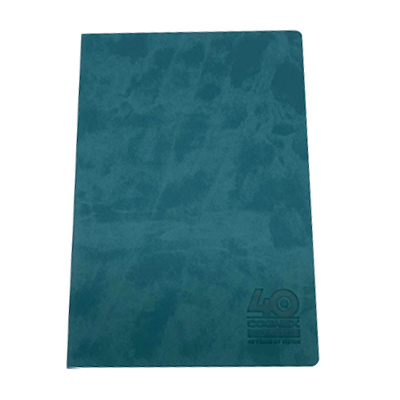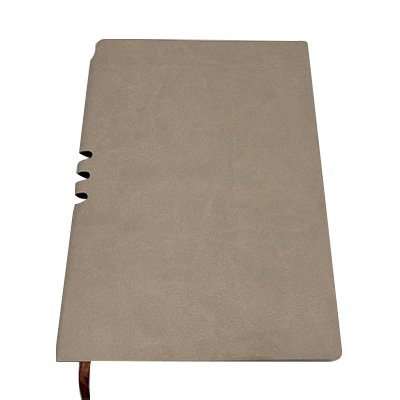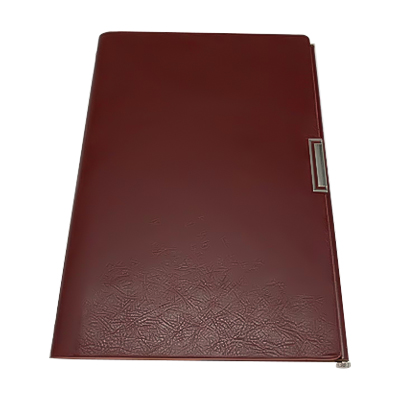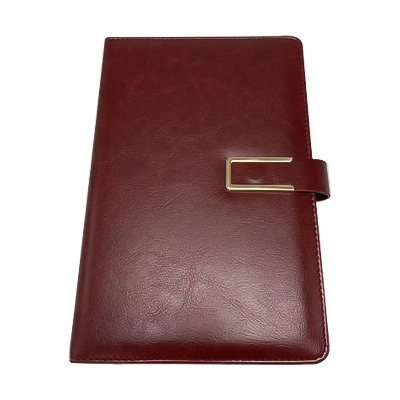1. What is coated double-sided paperboard?
Coated Duplex Board Paper is a widely used packaging material, usually made of recycled paper or mixed pulp. Its biggest feature is that both sides of the paperboard have been specially coated to form a relatively smooth and dense surface. This coating not only improves the printing suitability of the paperboard, but also enhances its stiffness and compressive resistance.
According to the different coated surfaces, coated double-sided paperboard is mainly divided into two categories: one is white surface and gray bottom, that is, the surface is white and the back is gray; the other is white surface and white bottom, which is more uniform and clean as a whole, and is often used in scenes with higher requirements for packaging appearance. The thickness of coated double-sided paperboard ranges from 230g to 450g, which can be flexibly selected according to actual use. It is a very representative paper-based material in the field of food packaging.
2. Specific application scenarios in food packaging
Coated double-sided paperboard is widely used in various food packaging, and its adaptability is very wide. For example, in the fast food industry, hamburger boxes, lunch boxes, fried chicken buckets, etc. are often made of thicker coated double-sided paperboard to enhance load-bearing and oil-proof capabilities; in snack packaging, common candy boxes, puffed food outer boxes, etc. use paperboards with moderate thickness and exquisite printing; frozen foods such as quick-frozen dumplings and pizzas require certain low-temperature resistance and structural strength for the outer paper boxes to ensure that the products are not damaged during cold chain transportation.
Medium- and high-end packaging such as tea and dry goods also often use white-bottomed and white-faced coated paperboard to make gift boxes, which can not only ensure the printing effect, but also have good stiffness, giving people an impression of both professionalism and texture. Baked foods such as cakes, moon cakes, cookies, etc. also use a large number of coated paperboards to make exquisite individual packaging and gift box packaging, which is an important medium for improving product grades.
3. Five application advantages of coated double-sided paperboard
Excellent printing suitability, enhance brand visual effects
The surface coating of coated double-sided paperboard gives it good flatness and smoothness, making the printing effect of images and text clearer and fuller. Whether it is four-color offset printing or UV printing, the surface of the cardboard can well present complex patterns and high-precision colors, making food packaging more visually attractive and helping brands stand out on the shelf. For companies that pursue a unified brand image and high-quality output, coated double-sided cardboard is an ideal choice.
High strength, stable structure, and protection of food integrity
Coated double-sided cardboard is much stronger than ordinary paper in thickness and structure, and has good stiffness, compression resistance and folding resistance. In food packaging applications, it can effectively protect the integrity of the internal food during transportation, stacking or display, and prevent the product from being damaged or losing its beauty due to deformation of the outer packaging. Especially in cold chain logistics or batch transportation, the structural stability of the carton is directly related to brand reputation and user experience.
Surface moisture-proof optional, suitable for oily or frozen foods
For the special needs of food packaging, many coated double-sided cardboards can also be processed for secondary processing, such as PE coating, oil-proof coating, glazing, etc. These treatments enhance the moisture, oil and water resistance of the cardboard, making it suitable for high-humidity or high-fat scenarios such as loading fried foods, cream cakes, refrigerated bento, and frozen foods, thereby avoiding packaging leakage, softening or contamination of other goods.
Environmentally friendly and recyclable, responding to sustainable packaging needs
At present, the global attention to sustainable development is increasing, and companies and consumers are paying more attention to the use of environmentally friendly packaging. Coated double-sided cardboard is mostly made of recycled pulp as raw material, which not only reduces dependence on native forests, but also meets environmental regulations. It is a recyclable and degradable green material, suitable as an alternative to plastic packaging, especially in industries such as takeaway, baking, and retail that have a strong demand for "environmentally friendly" packaging.
Obvious cost advantage, taking into account both economic and functional needs
Compared with high-end white cardboard, gold and silver cardboard and other materials, coated double-sided cardboard has significant cost advantages. On the premise of ensuring basic packaging functions, it provides stable and reliable printing effects and packaging structures at a lower material cost, which is very suitable for mass production and large-scale application scenarios. For fast-moving consumer goods brands, take-out chains, and OEM factories, it is an ideal solution that takes into account both budget control and packaging quality.
4. Selection suggestions: How to choose the right coated double-sided paperboard?
In actual applications, different foods and different packaging forms have different requirements for paperboard. For example, for refrigerated and oily foods, moisture-proof coated paperboard with PE coating should be preferred to ensure that it will not seep and deform during use; while for high-end gift box packaging, white-bottomed and white-faced versions are more recommended, which can present a more uniform tone and more delicate printing details.
The choice of gram weight is also critical. The common thickness of paperboard is between 230 grams and 450 grams. The thicker the paperboard, the stronger it is, and it is suitable for packaging requirements with higher load-bearing capacity. The appropriate coating type should also be selected in combination with the printing process. For example, UV printing requires a more absorbent and flat surface. If the company pays attention to environmental protection, it can also choose FSC-certified or other sustainable certified paper to meet the management requirements of the green supply chain.

 English
English Deutsch
Deutsch Français
Français Español
Español русский
русский عربى
عربى





